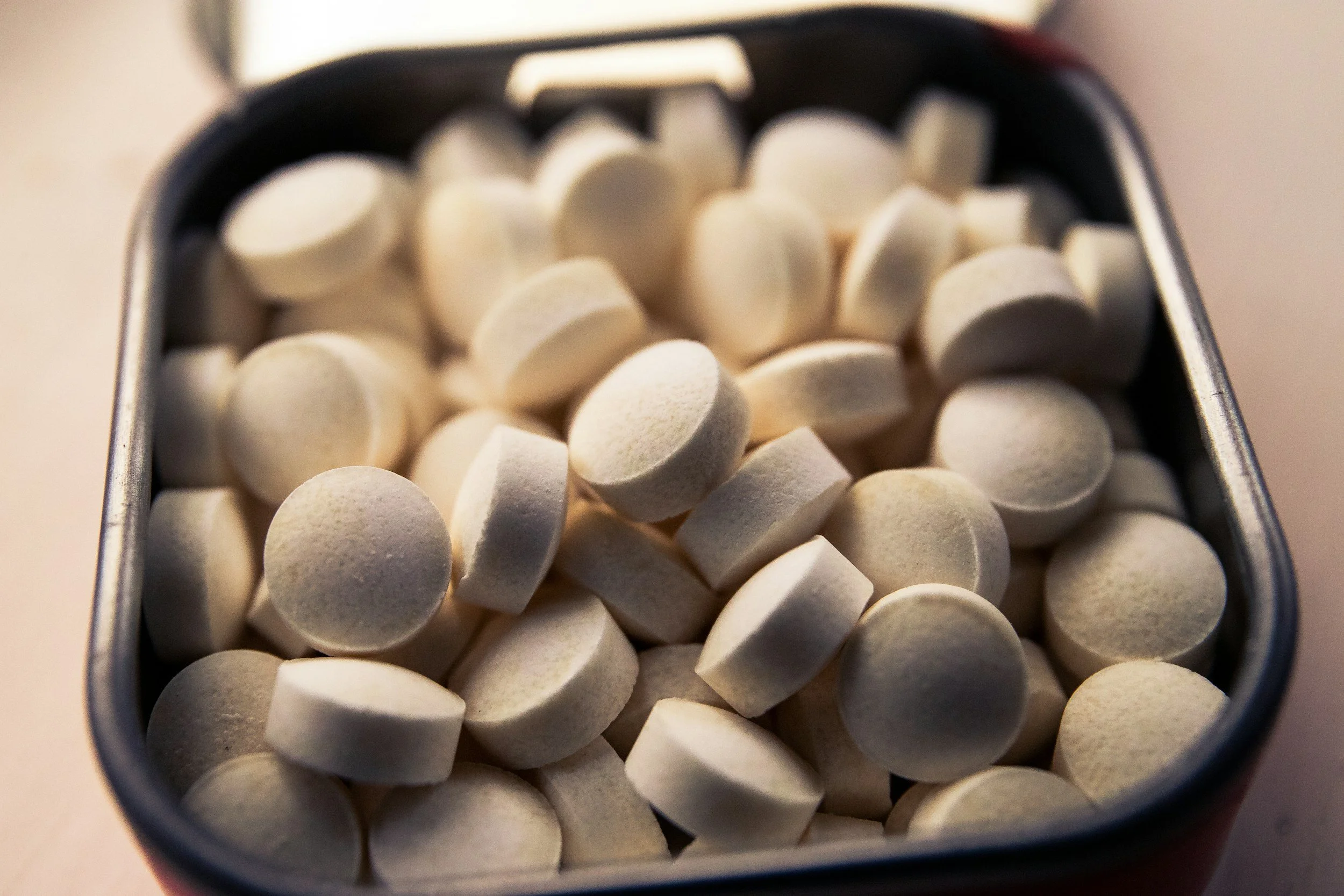How to Purify Water in the Wild (5 Simple Methods)
Staying Hydrated in the Backcountry
When you’re hiking, camping, or exploring off-grid, clean drinking water is essential. Even clear mountain streams can contain bacteria, viruses, or parasites that cause serious illness. Knowing how to purify water in the wild keeps you safe and helps you travel farther with confidence.
Five Reliable Purifying Water Methods
Below are five reliable methods, plus tips for when to use each one.
1. Boiling
Boiling is the simplest and most effective way to kill pathogens.
Steps:
Collect water from the cleanest source you can find.
Bring it to a rolling boil for at least 1 minute (3 minutes above 6,500 ft/2,000 m).
Let it cool naturally—avoid adding ice or snow.
Best for: Base camps or when you have time and a stove or fire.
Pros: Kills all bacteria, viruses, and parasites.
Cons: Requires fuel and time to cool.
2. Portable Water Filters
Modern backpacking filters remove bacteria and protozoa, and many advanced filters also block viruses.
How to use:
Pump, squeeze, or gravity-feed water through the filter element.
Backflush or clean according to the manufacturer’s instructions.
Best for: Regular use on multi-day hikes or paddling trips.
Pros: Quick and lightweight.
Cons: Filter elements can clog; viruses may pass through basic models.
3. Chemical Purification (Tablets or Drops)
Iodine or chlorine dioxide tablets are small, inexpensive, and reliable.
Steps:
Add the recommended number of tablets or drops to your water.
Wait the full treatment time (usually 30 minutes; colder water may need 4 hours).
Best for: Emergency kits or when carrying a filter isn’t practical.
Pros: Lightweight and long shelf life.
Cons: Some methods leave a taste; less effective in murky water.
4. UV Light Purifiers
Handheld UV devices use ultraviolet light to neutralize microbes.
How to use:
Fill a clear bottle with water.
Stir with the UV wand for the recommended time (about 60–90 seconds).
Best for: Fast, on-the-go purification when water is already clear.
Pros: Works quickly without chemicals.
Cons: Needs batteries and doesn’t remove sediment.
5. Natural Sedimentation and Solar Disinfection (SODIS)
If you’re out of gear, these methods provide a last-resort option.
Sedimentation: Let muddy water sit until solids settle. Carefully pour the clearer water into another container and boil or chemically treat.
SODIS: Fill a clear plastic bottle, lay it in direct sunlight for at least 6 hours. The UV rays can reduce bacteria if the water is already clear.
Best for: Emergency situations with no tools.
Pros: Uses only sunlight and time.
Cons: Least reliable; should be combined with another method if possible.
Extra Tips for Safer Water
Always collect water from upstream or flowing sources when possible.
Pre-filter through a bandana or coffee filter if the water is cloudy.
Carry backup purification (like tablets) in case a filter breaks.
Avoid water near livestock, campsites, or industrial areas.
Final Thoughts
Clean drinking water is critical for every outdoor adventure. By knowing how to boil, filter, treat, or disinfect water with these five methods, you’ll stay safe and hydrated wherever you explore.




